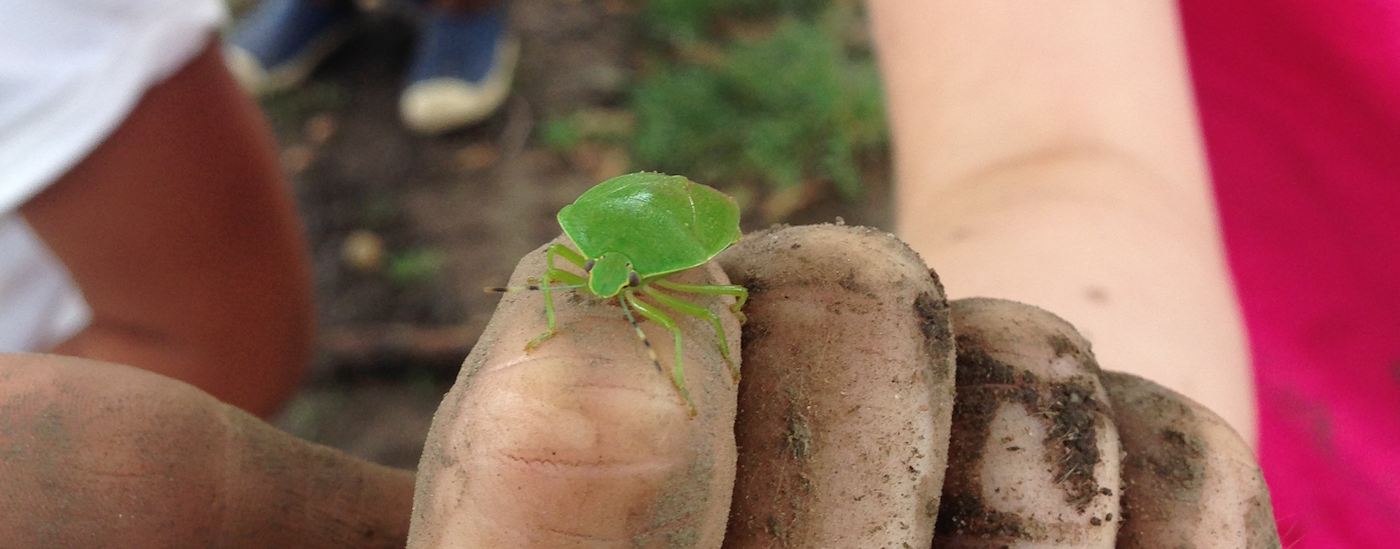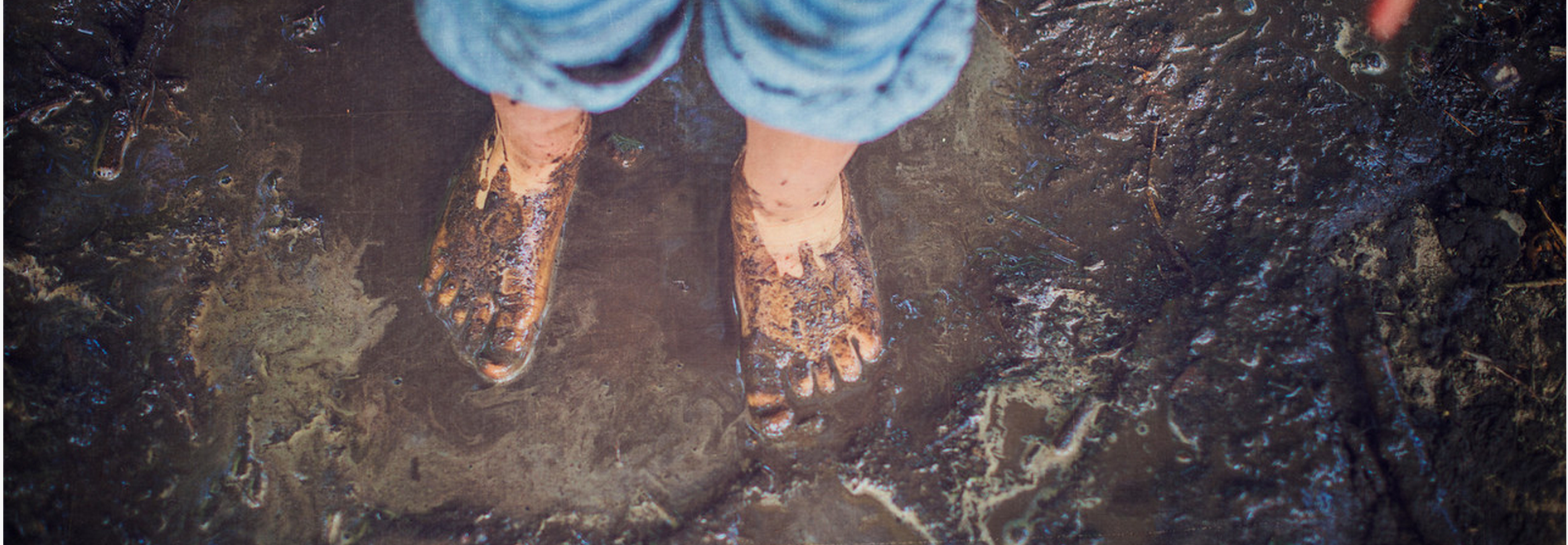Pumpkins are full of magic, whether or not you turn them into a jack-o-lanterns. One way to extract the natural magic of pumpkins and help kids naturally learn more science and math is by exploring pumpkin seeds!
The Guide
- Make a prediction—Before you cut open your pumpkin, wonder what you'll find. For young children, ask, "What do you think is inside the pumpkin" For older kids who have some experience, wonder about how it will feel or how many seeds you'll find and what the seeds will look like.
- Get in there—Cut off the top of the pumpkin. Just look and marvel at all that is inside!
- Scoop out the seeds—Start scooping, picking out the insides onto a cutting board or into a bowl. If your kiddos enjoy ooey, gooey tactile fun, let them use their hands and lean in. If not, offer tools like spoons, tongs or tweezers.
- Pick out the seeds—Either as you work or after all of the seedy "goop" is out, pick out and wash the seeds.
- Count the seeds—If kids are old enough, challenge then to count the seeds and test your prediction. Challenge them to test out ways to group the seeds to make counting faster (e.g. count by 2s, 5's or 10s). If you can, repeat this with a pumpkin of a different size. See what changes! Read How Many Seeds in a Pumpkin? by Margaret McNamara to help kids understand why different pumpkins have more seeds!
- Roast the seeds—Once the seeds are washed and dried, you can roast them and gobble them up! Basically, you just need to toss them in butter or oil and bake at 300 until they are golden brown (~30-40 minutes). Our favorite recipes yield Curry or Cinnamon Toast flavored pumpkin seeds.
Why is this activity great for kids?
There are so many reasons why this one is fabulous for kids!
- Kids get marvelous, multi-sensory stimulation that kids get when they see, smell and feel the pumpkin, even if they use a tool to interact with all that goop! And, the sensory wonder of this makes it an activity that kids will really stick with!
- Grabbing and pulling goop out of a pumpkin and picking out seeds offer kids great exercise for both proprioception (the feedback we need in our joints and muscles) and fine motor skills (the careful work we do with our hands).
- The habit of making a prediction, observing what is actual and reflecting on that prediction again teaches basic STEM habits of mind that kids can take into their future learning.
- Kids learn number sense by repeatedly counting and testing out strategies to count more quickly. The quest to discover how many seeds are in a pumpkin is a natural and fun way to give them that practice!

